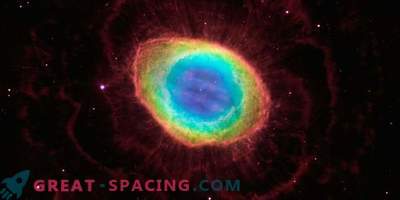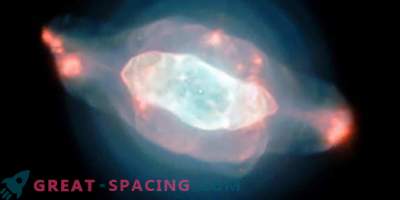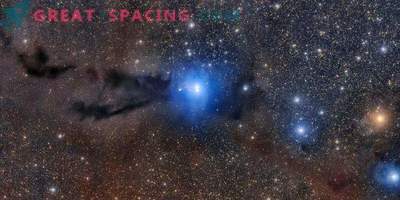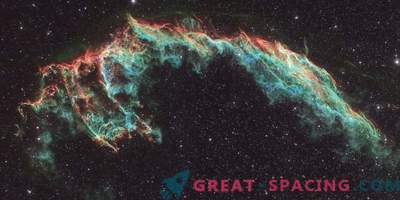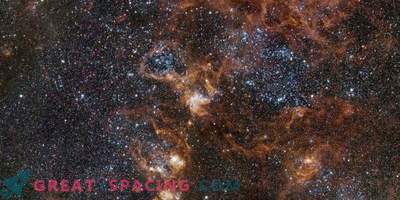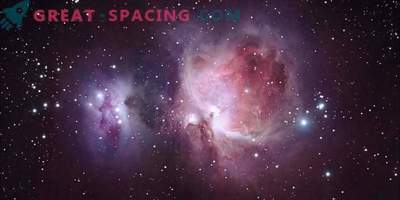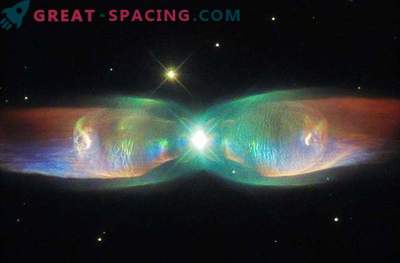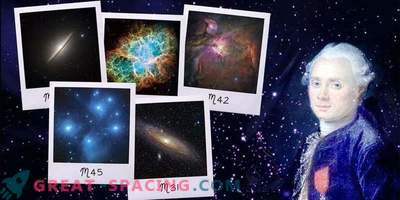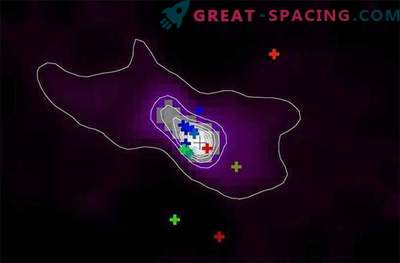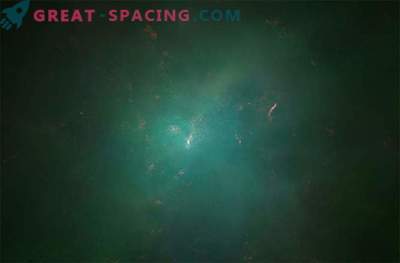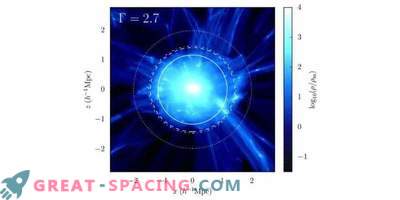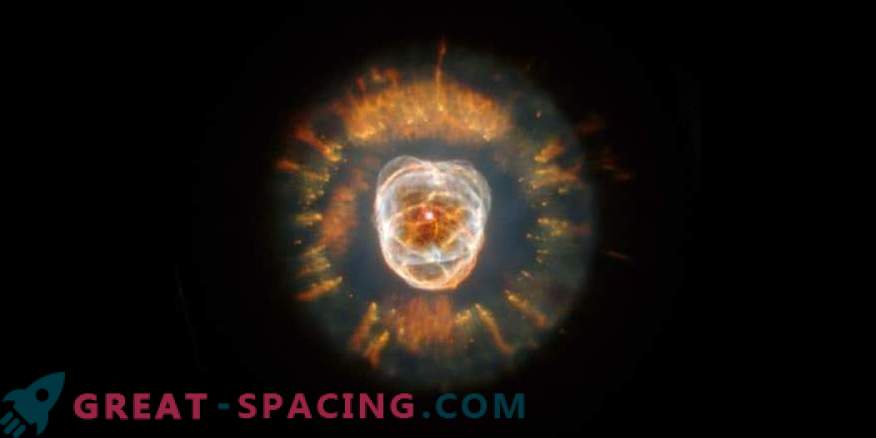
They are actually born out of death, are considered incredibly beautiful and die quickly. Planetary nebulae interest not only scientists, but also all who love to admire the beautiful space formations.
What is it?
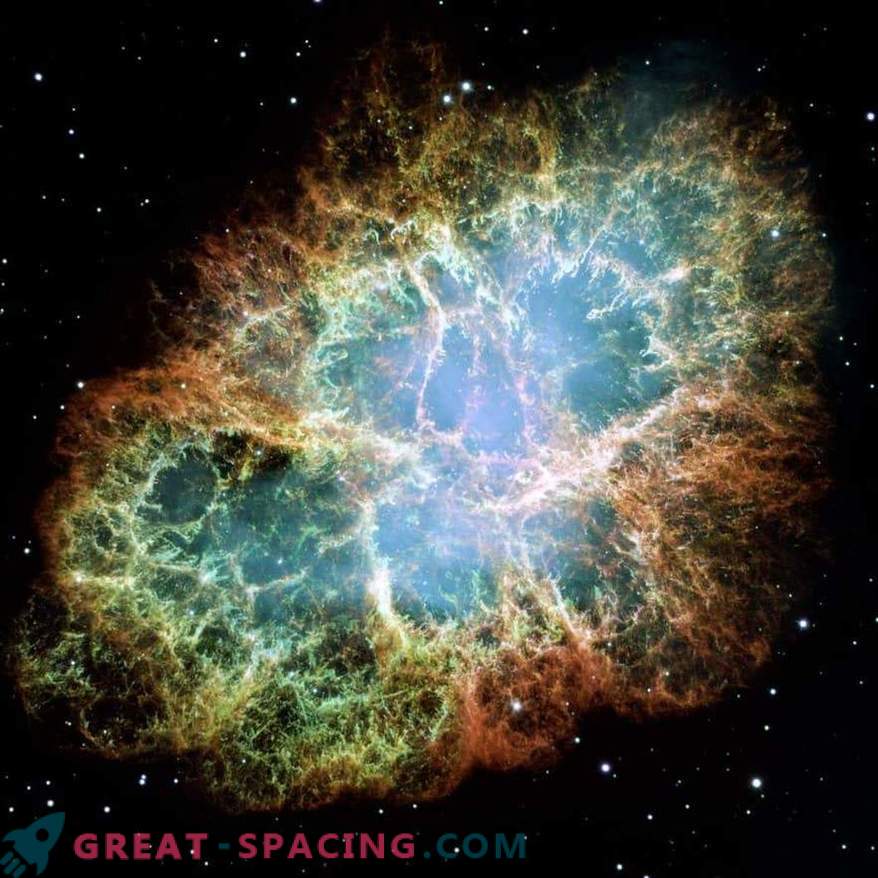
The word “nebula” from Latin means “cloud”, which best reflects the nature of this celestial object. In fact, we are talking about an ionized gas envelope enveloping a star hiding in the center.
When a red giant or a supergiant (by massiveness — 0.8–8 solar) reaches a critical point, it transforms (dies) into a white dwarf. This is a natural stage of evolution for this stellar type. As a result, the outer layers swell and are thrown into space. A white dwarf (star corpse) remains in the center, and a beautiful cloud of material is centered around it.
For the Universe, this is an important process, because in outer space there is a huge amount of heavy elements created by the previous star. If scientists are interested in their contribution to the universal evolution, then ordinary people are attracted by the spectacular appearance.
These awesome objects create amazing shapes. Many are made in the form of spheres, while others demonstrate eerie creatures, such as giant spiders or sovish eyes. It is still difficult to understand why these “plots” arise, but perhaps thanks are the contact of the stellar wind with the magnetic field and interstellar medium.
No connection with the planets
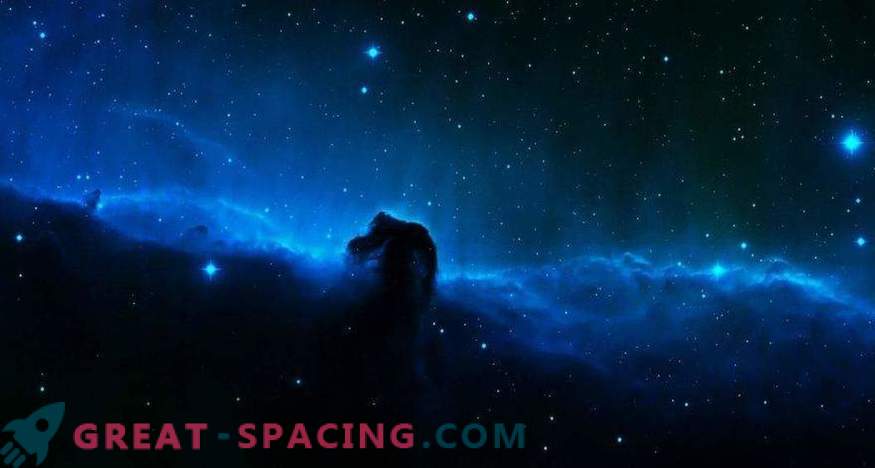
Why precisely “planetary”? We find the connection in the history of the detection and study of these objects. These are dull formations, so you will need to stock up with a telescope for observation. The first planetary nebula found was Dumbbell Nebula in 1764. Her on the territory of the constellation Chanterelles found Charles Messier. Messier is an interesting heavenly explorer. The fact is that his famous catalog was originally created so that people would not confuse comets with other space bodies. Thus, he managed to record as many as 110 objects, among which are planetary nebulae.
Light confusion in 1784 was created by astronomer William Herschel. Three years before, he had already managed to find Uranus. When he discovered the first planetary nebula because of its spherical shape, resembling the disk of Uranus, he created a separate category. Despite the inaccuracy of the display of nature, the term “planetary nebula” has been fixed and is still used.
The Most Beautiful Planetary Nebulae
Thanks to the sharp vision of the space telescope Hubble we were able to find a great many beautiful celestial bodies. Let's look at the top five most attractive.
- Butterfly Nebula ( NGC 6302)
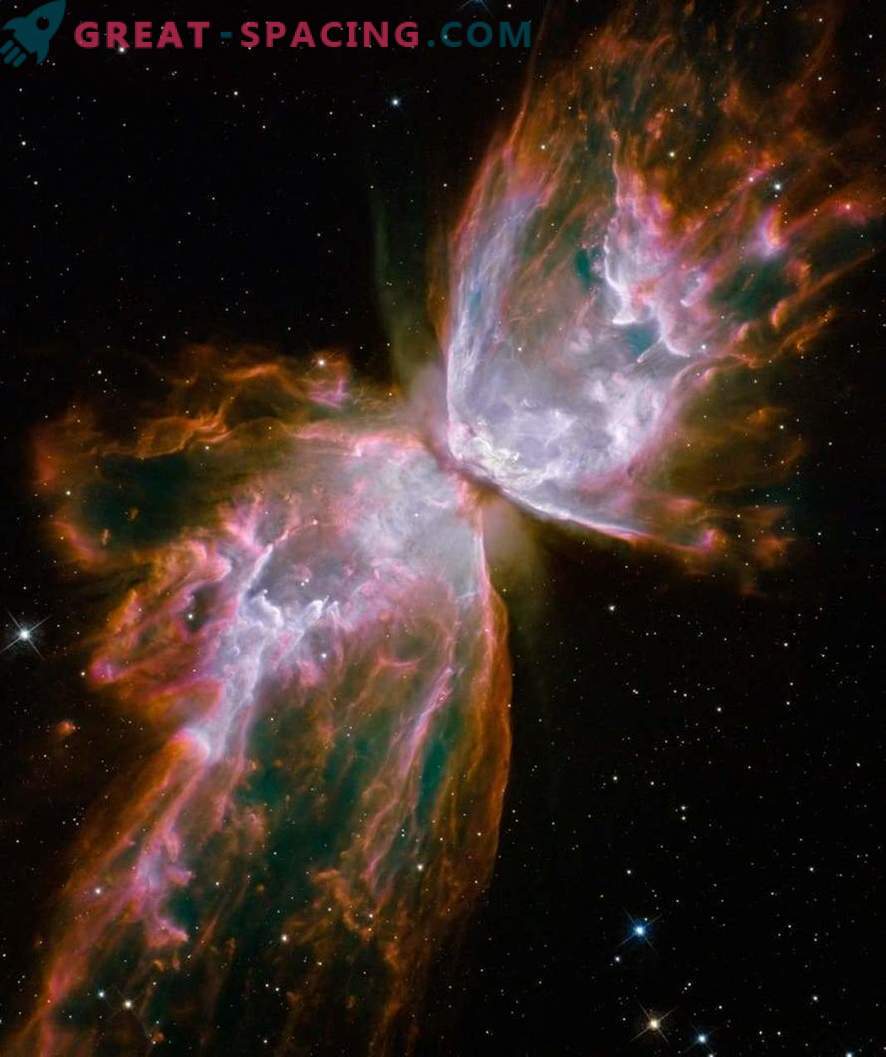
Sometimes it is also called the Beetle Nebula. Refers to the bipolar type with two clearly visible blades (resemble wings and are drawn out for a length of 3 light years). He lives in the constellation Scorpio at a distance of 3800 light years from us.
- Red Spider Nebula ( NGC 6537)
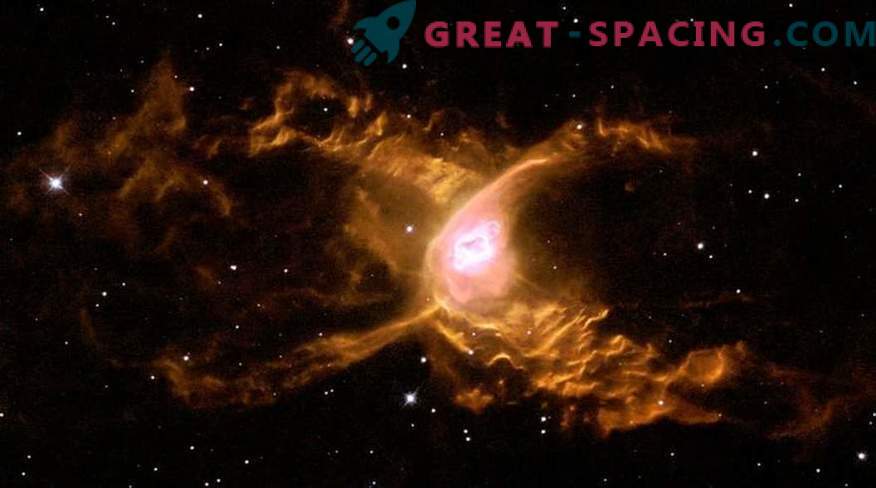
There are also two distinct petals here, but the whole structure resembles an eerie spider. It is distant for 3000 light years, and it is necessary to search in the constellation Sagittarius It is believed that by its shape the nebula is due to the presence of an object near the main dwarf, but so far it has not been possible to confirm this theory.
- The Snail Nebula ( NGC 7293)
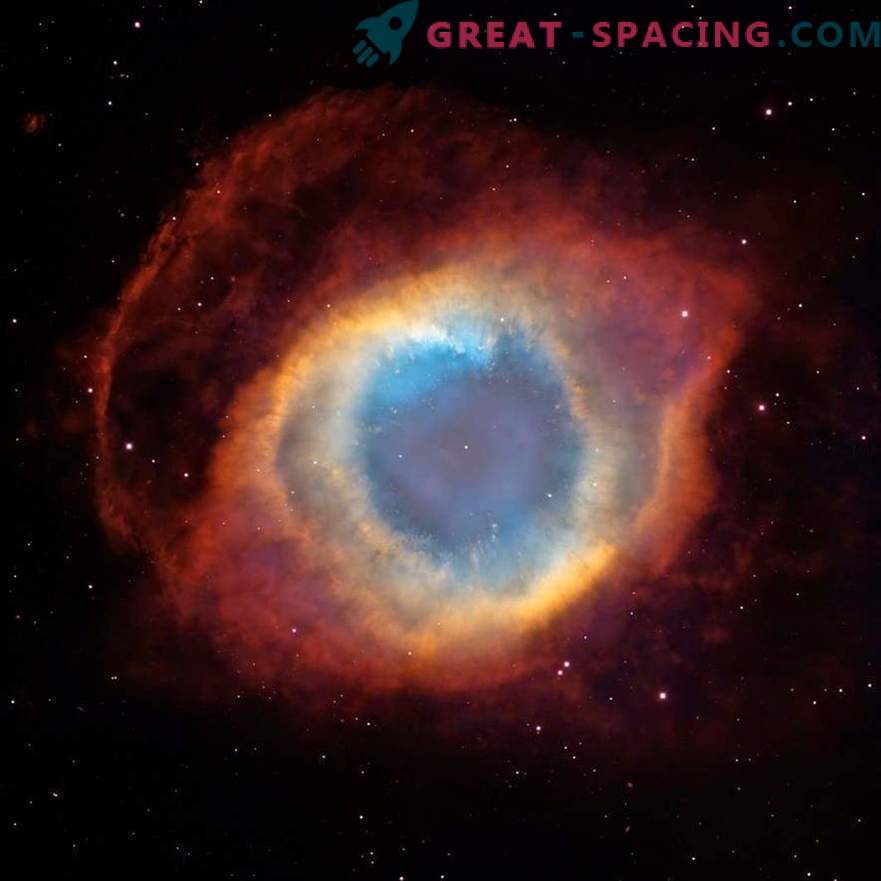
You need to search at a distance of 695 light years in the constellation of Aquarius. This is one of the closest and brightest nebulae to our planet, therefore, is listed in the search priorities of amateur astronomers (for the review you will need only binoculars). You will easily recognize it by its greenish color. - Hourglass Nebula
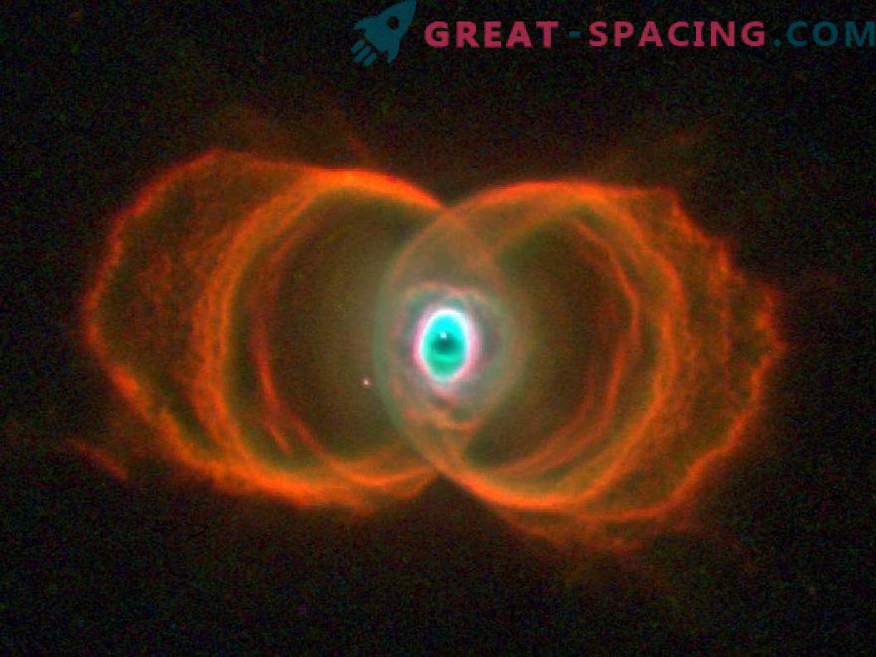
Look for a distance of 8000 light-years in the constellation Mucha. The name reflects its appearance, since the two ring formations resemble an hourglass mechanism. In the center is another bright ring. The form is strange, so they suspect the presence of a stellar satellite.
- The Eskimo Nebula ( NGC 2392)

A large telescope will be needed for observation. Look for the constellation Gemini at a distance of 2870 light years. The first material, the solar star, was released 10,000 years ago. The shape is represented by two elliptical elements overlapping each other.
Postscript
Yes, these formations are striking in their own beauty. Unfortunately, in the astronomical framework, they die rather quickly. Usually their life covers only a few tens of millennia (but the stars live for billions of years). There are about 1500 planetary nebulae in the Milky Way. But if we take into account that we see only the light that has arrived to us, many of them have long since scattered.
